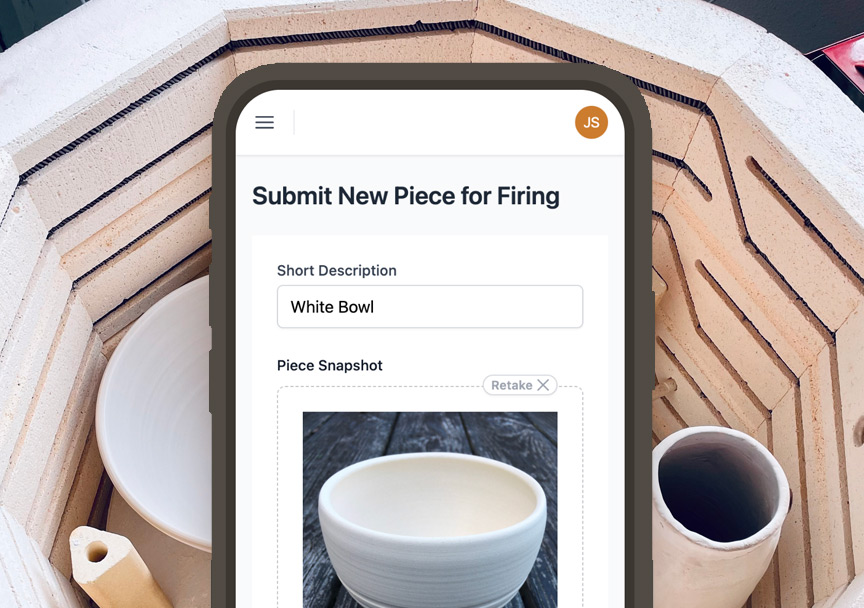If you've dabbled in ceramics, you've likely heard references to "slip" without understanding what it actually is. Slip refers to a mixture of clay and water with a smooth, pourable consistency similar to heavy cream. In its various forms, slip acts as a versatile binder, surface treatment, and decorative element in clay work.
But what specifically makes slip so integral to so many pottery techniques? And what creative doors can mastery of slip skills open for artists? Here we'll explore the key benefits of slip and how to use it for stunning artistic effects:
What is Clay Slip?
Slip consists of clay particles thinned and suspended within water. This gives it a thick, gravy-like texture. Slip can be made from dry clay powder mixed with water, but it also occurs naturally in the water left over from rehydrating and recycling clay.
When applied to bone-dry or bisque-fired clay surfaces, clay particles within slip provide adhesive properties. Slip also serves decorative purposes.
Using Slip for Adhesion
One of the primary uses for slip is joining — adhering clay surfaces together, whether attaching appendages or assembling a larger form from separately thrown components.
To use slip for adhesion:
- Brush or spray slip generously onto the surfaces to be joined
- Allow it to penetrate slightly before bringing pieces together
- Compress firmly together while resisting excess slip-out
- Smooth away extruded slip at seams for a cleaner joint
The slip provides both mechanical grip and clay bonding between the parts after drying and firing for durable assembled pieces.
Sealing Porosity with Slip
Another practical use for slip is sealing porous bisque fired clay prior to glazing. Brushing on a coat of thinned slip and firing will clog pores in the clay.
This provides a less absorbent surface for glazes to adhere to without soaking in unevenly. Slip-sealing helps prevent runny, inconsistent glaze effects.
Creating Decorative Slip Trails
Beyond adhesion and sealing, slip offers intriguing decorative effects:
- Trailing thick slip atop leather-hard clay then carving through to reveal patterns
- Dripping diluted slip to generate running drip designs that dry into a piece
- Using syringes or squeeze bottles to "draw" fine slip lines in precise motifs
- Splattering thinned slip-by-flicking brushes or blowpiping to create speckled textures
With creative slip techniques, you can build up layered dimensional designs.
Applying Colored Slip
For added visual appeal, colored slips provide eye-catching hues. Pigments can be blended into slip, or special manufactured colored slips are available.
Consider layering contrasting colored slips for artistic depth and blending. Mask off areas for sharper definition between slip colors.
Making Your Own Slip Recipes
Don't limit yourself only to premade slips. Experiment with your own custom blends using:
- Different clay types for desired firing range or texture
- Less grog for smooth flow or more for grainy effects
- Various additives like paper pulp or sand for altered properties
Keep careful notes on proportions and ingredients. Test apply slip recipes on bisque tiles to compare drying and firing behavior before use.
While often overlooked as merely a practical studio necessity, slip in fact offers tantalizing creative possibilities. Dedicate time to playing with slip techniques and recipes to uncover their artistic potential. Slip skills will add versatility and excitement to your ceramic toolkit.


